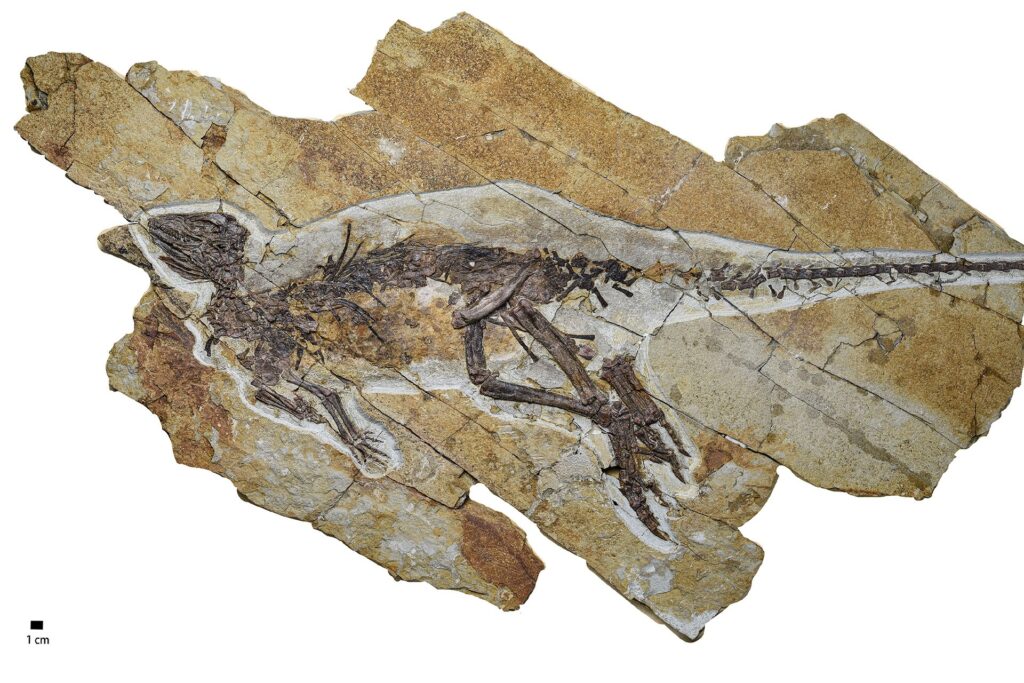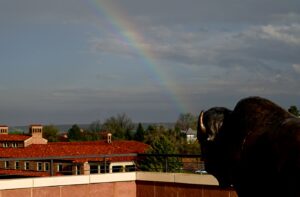
A recent discovery in northeastern China has unveiled a dinosaur that likely produced sounds akin to a bird’s chirp. This finding may significantly alter our understanding of the evolutionary origins of birdsong, suggesting that such vocalizations could date back much further than previously believed. The research, published in the journal PeerJ, describes a 163-million-year-old fossil named Pulaosaurus qinglong, which was unearthed in Hebei Province.
Measuring approximately 28 inches (72 centimeters) in length, this fossil is remarkably well-preserved, allowing scientists to examine its anatomy in detail. Among its most striking features is its birdlike throat structure. According to Xing Xu, a paleontologist at the Chinese Academy of Sciences and one of the paper’s authors, the preservation of delicate bones associated with vocalization is rare in dinosaur finds. Xu noted, “Even when you have a dinosaur skeleton preserved, you don’t always have these isolated bones preserved with other skull elements. They’re very thin bones, very delicate and hard to preserve.”
Vocal organs in vertebrates serve to protect the airway while enabling sound production, which can range from simple noises to more complex sounds. In modern reptiles, these structures are primarily made of cartilage and are relatively straightforward. In contrast, birds possess intricate, bony vocal organs that enable them to produce a varied range of sounds. The throat of Pulaosaurus appears to occupy a middle ground between these two categories. Its vocal organs share similarities with those of Pinacosaurus, another dinosaur known for having a large, bony larynx that could potentially produce birdlike chirps and tweets.
Researchers posit that Pulaosaurus lived during the late Jurassic period and was part of a group of dinosaurs that would eventually lead to “duck-billed” species like hadrosaurs. However, Pulaosaurus and Pinacosaurus are separated by millions of years of evolution and do not belong to the lineage that directly gave rise to modern birds. Despite this, the existence of similar vocal features in such distinct species suggests that the ancestors of dinosaurs may have had a capacity for vocalization that predates them.
This discovery opens up new avenues for understanding the origins of birdsong, indicating that the roots of such vocal capabilities could trace back over 230 million years. Yet, questions remain regarding the evolution of the modern bird’s voice box, known as the syrinx, and whether any dinosaurs shared the advanced vocal prowess seen in today’s avian species. As researchers continue to study these ancient creatures, we may gain further insights into the evolutionary journey of sound production in the animal kingdom.







